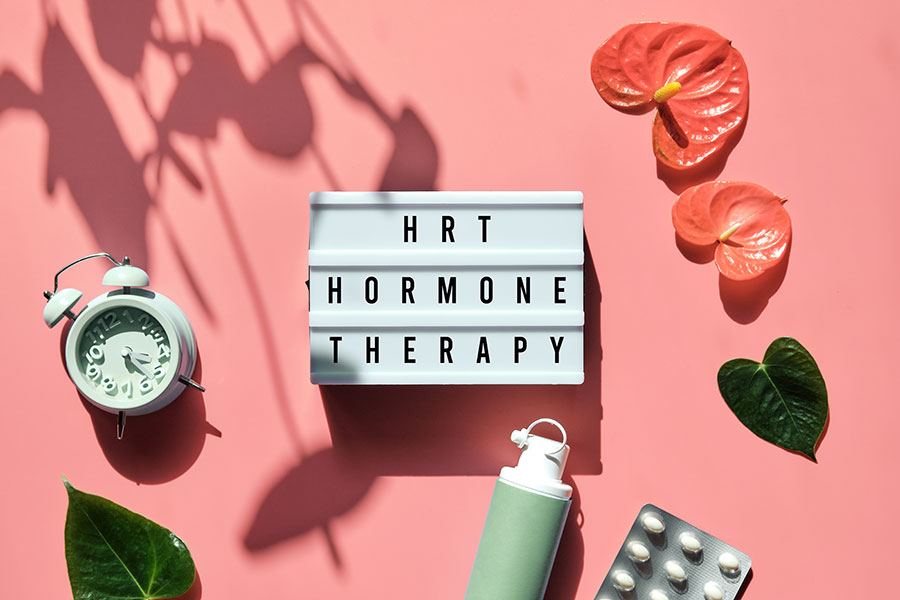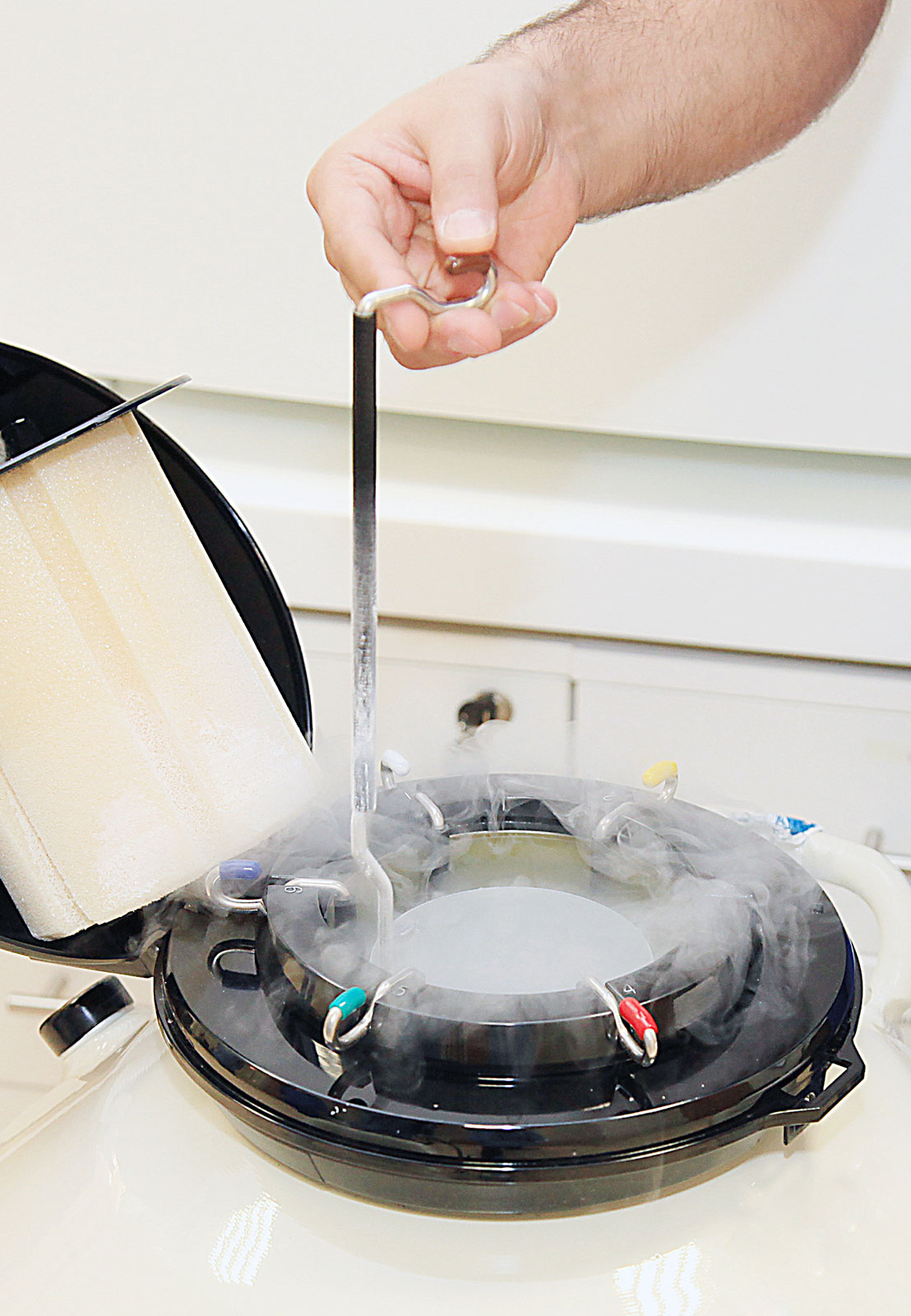First, I want to direct you to some very talented colleagues who conduct research in this area and provide this service on a daily basis: Dr. Cindy Duke, Dr. Serena Chen, Dr. Bat-Sheva Maslow, Dr. Erica Louden, and Dr. Rebecca Flyckt. Check them out on Instagram at @drcindymduke, @drserenahchen, @blmaslowmd, and @elouden.fertilitydoc or their individual websites for a deep dive into the facts behind elective egg freezing.
But more importantly, and what I want to focus on, is the group of women I care for on a daily basis who say to me behind a voice choked with tears and anger, “I feel defeminized”.
This is the silent war that many female survivors of cancer battle every day. Survivors make comments such as “I know I should just be grateful to be alive”, and we both sit there knowing that isn’t enough, nor should it be. Survivors of cancer want, expect and deserve more from life than survival. They desire to thrive.
I will dedicate the next several blog posts to this topic. The first topic in this series will address how cancer treatments affect hormone function.

The Background
Up to 30-60% of young cancer survivors experience early menopausal symptoms after cancer therapy. Menopause symptoms can be categorized into vasomotor symptoms and genitourinary (bladder and vaginal) symptoms of menopause.
Let’s define menopause and premature menopause.
First, let’s go back to the beginning – to infancy. Women are born with all of the follicles we are ever going to have. A follicle is a unit of cells and fluid that surrounds the egg. Follicles produce estrogen and contain the eggs necessary for conception and pregnancy. Women are born with 1-2 million follicles total in both ovaries. We lose thousands of these follicles through follicle death every month. By puberty, the follicle count decreases to approximately 600,000 in total. After puberty, we begin to lose follicles through both ovulation (release of an egg) and continued follicle death. We reach menopause when only 1000 follicles remain.
Menopause is defined as a lack of menstrual bleeding for 12 months, in the absence of any pathological (medical) or physical cause. Therefore, the diagnosis is made retroactively, or after the fact. The average age of menopause is about 51.5 years, but some women enter menopause in their late 40s or mid-to-late 50s. Premature menopause is the cessation of menstrual bleeding before age 40 years and can occur as a result of cancer-related therapies, surgery, or underlying genetic conditions. Premature menopause is also described as primary ovarian insufficiency as the ovary is the organ that is the source of the dysfunction.
Vasomotor symptoms
Vasomotor symptoms occur as a result of a decrease in estrogen. Estrogen has many effects on the body and one of its actions is to regulate the body’s natural thermostat. Fluctuations in estrogen can cause wide swings in the body’s ability to control heat regulation, resulting in hot flashes and night sweats – termed vasomotor symptoms. Vasomotor symptoms can be very debilitating, affecting a woman’s ability to sleep, work, and maintain satisfying sexual relationships.
Genitourinary symptoms
Genitourinary symptoms are vaginal and urinary symptoms that also result from low estrogen levels. Women with low estrogen levels (hypoestrogenism) experience vaginal dryness, burning, and discomfort. These symptoms can have a profound effect on intimacy and disrupt sleep. The urinary tract contains similar tissue to the vagina as both tissues contain estrogen receptors. Low estrogen levels result in thin, unhealthy bladder tissue, causing urinary incontinence, frequency, and urgency.
Survivors of breast cancer, certain soft tissue cancers such as Ewing sarcoma, and women who undergo certain types of bone marrow transplant are at the highest risk of experiencing ovarian insufficiency or premature menopause from therapy.

How and why does this happen?
Most cancer therapies temporarily destroy the growing follicles in the ovary that make estrogen. However, the resting (reserve) follicles begin to grow and produce estrogen after cancer therapy ends. Women who receive these cancer therapies will retain the ability to produce estrogen and will have little trouble conceiving. There are some cancer therapies that destroy both the growing estrogen producing follicles and the reserve follicles. These women will experience ovarian insufficiency with vasomotor and genitourinary symptoms and ultimately premature menopause.
Hormone replacement therapy is typically the mainstay of therapy and estrogen replacement is often the primary focus. Testosterone is another hormone that may be indicated depending on whether the woman is experiencing problems with libido and an overall diminished sense of well-being. However, not all hormones are created equal and women need to be aware of what is safe.
Evaluation by a North American Menopause Society (NAMS) certified expert or women’s health provider specializing in cancer survivorship is the best first step to receive evidence-based care.
Check out the next blog in this series, Recapturing Femininity: Facts About Hormones in Survivorship, to hear about the safety and efficacy of hormone replacement therapy. Talk soon and be well.
With warmth and affection,
– Leslie C. Appiah
All opinions are my own and not those of my employer. This blog is general women’s health information and is not medical advice. Consult your physician for care specific to you.



0 Comments